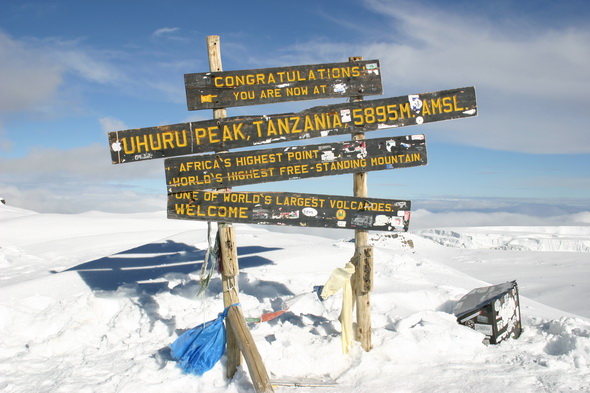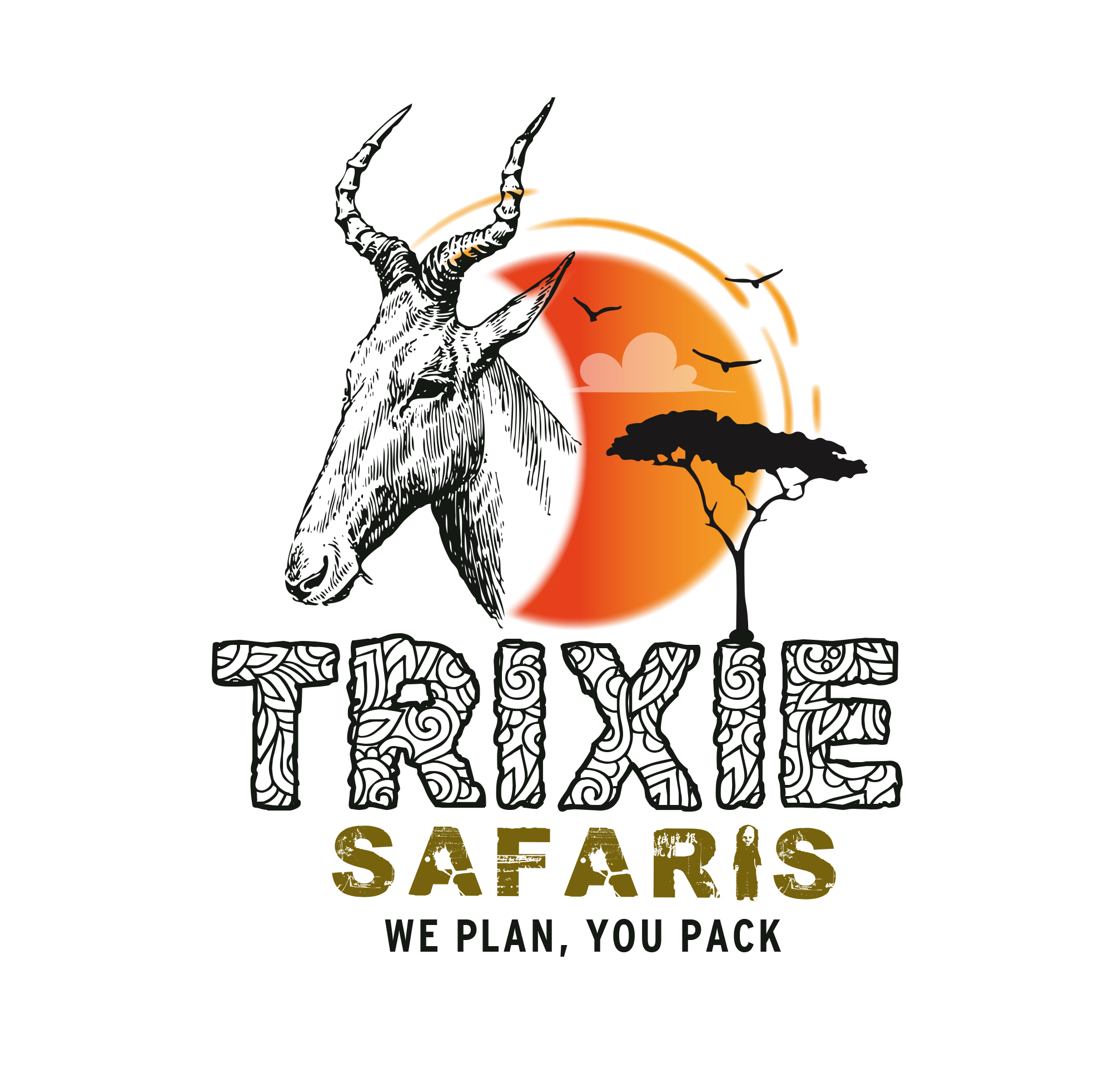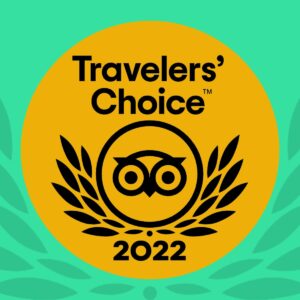Kilimanjaro Frequently Asked Questions

Mount Kilimanjaro, Africa’s tallest peak and the world’s highest free-standing mountain, attracts thousands of trekkers from across the globe every year. Whether you’re planning to challenge yourself with a trek to the summit or are simply curious about this iconic mountain, we understand that you may have many questions before embarking on this unforgettable journey.
At Trixie Safaris, we’ve compiled a list of the most frequently asked questions to help you prepare for your Kilimanjaro adventure. From practical details to tips on making your climb as enjoyable as possible, this guide will ensure you are fully informed and ready to take on the challenge!
General FAQs:
Mount Kilimanjaro is located in Tanzania, East Africa. It is the highest peak in Africa and the highest free-standing mountain in the world.
The highest peak is Uhuru Peak, standing at 5,895 meters (19,341 feet) above sea level.
The best time is during the dry season, from late June to October and January to mid-March, for stable weather conditions.
It takes 5-9 days on average, depending on the route and pace.
The altitude is 5,895 meters (19,341 feet) at its highest point.
Kilimanjaro offers several trekking routes to the summit, each with its unique challenges and scenic views. The most popular routes are:
- Marangu Route (also known as the “Coca-Cola Route”): Easiest, with hut accommodations.
- Machame Route (the “Whiskey Route”): Challenging but scenic.
- Lemosho Route: Longer, allowing for better acclimatization.
- Rongai Route: Quieter and more remote.
- Umbwe Route: The steepest and most direct, recommended for experienced trekkers.
Climbing and Safety FAQs:
Climbing Kilimanjaro is challenging but not technical. It requires good physical fitness, mental endurance, and acclimatization.
No, climbing experience is not necessary, but basic fitness and hiking experience are recommended.
Essentials include hiking boots, warm clothing, sleeping bag, headlamp, and backpack. Specialized gear may be required for some routes.
Yes, a permit is needed and obtained through a licensed tour operator.
Generally safe, but altitude sickness and medical issues can occur. Proper preparation and experienced guides are crucial.
Altitude sickness, or Acute Mountain Sickness (AMS), occurs when your body struggles to adapt to lower oxygen levels at high altitudes. Symptoms include headaches, dizziness, nausea, and fatigue. The best way to prevent AMS is to:
- Choose a route that allows for adequate acclimatization.
- Climb slowly and steadily (“pole pole” as the locals say).
- Stay hydrated and eat well.
- Pay attention to your body and inform your guide if you feel unwell.
Booking and Logistics FAQs:
Cost varies ($2,000-$5,000) based on route, climb length, and perks
Wear warm, comfortable clothing suitable for cold and windy conditions.
The best route depends on fitness and preference; popular ones include Machame, Lemosho, and Marangu.
Success rates vary (90-100%) depending on route, preparation, and climbers expertise.
Health risks include altitude sickness, hypothermia, and frostbite. Adequate preparation and monitoring are essential.
Additional FAQs:
We offer sleeping bags and trekking poles for rent, and other gear can be obtained locally, feel free to share your list or visit here for prices. Gears for rent.
We recommend Marangu, Northern Circuit, Lemosho, and Rongai routes for a balanced experience.
Group climbs are scheduled on set dates and routes, while private climbs offer flexibility in dates and routes.
Visas for certain citizens can be obtained upon arrival at Kilimanjaro National Airport.
We serve western-style meals, with options for local cuisine if desired.

